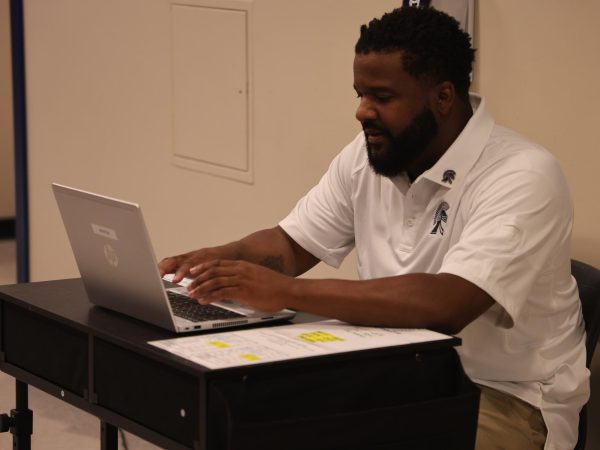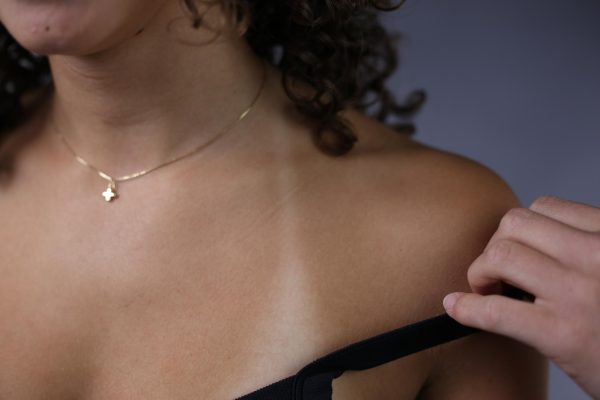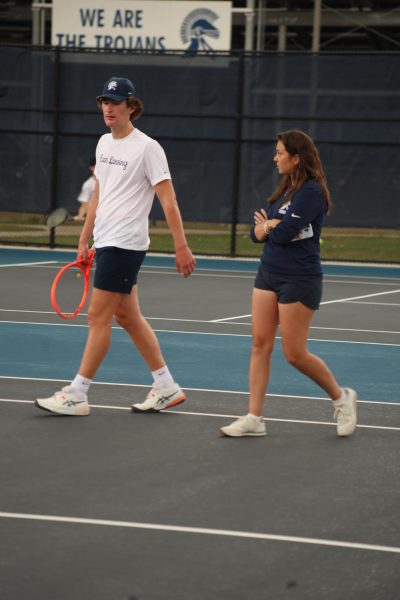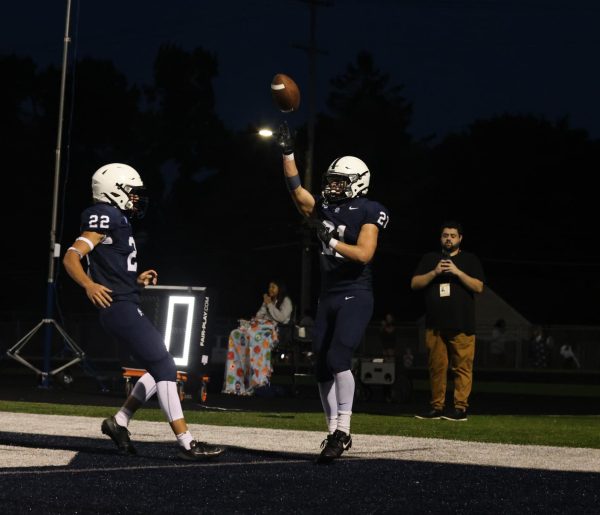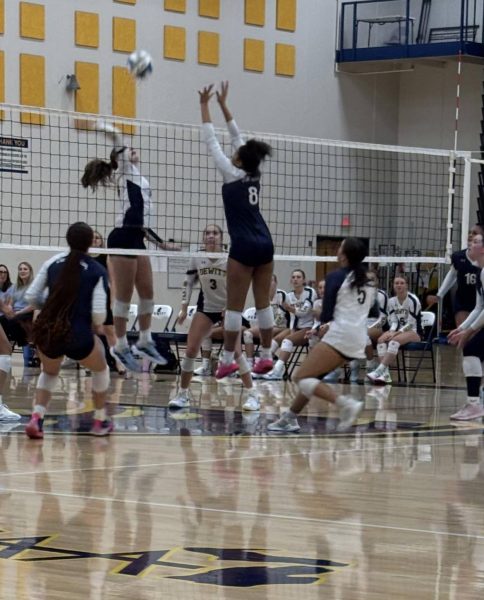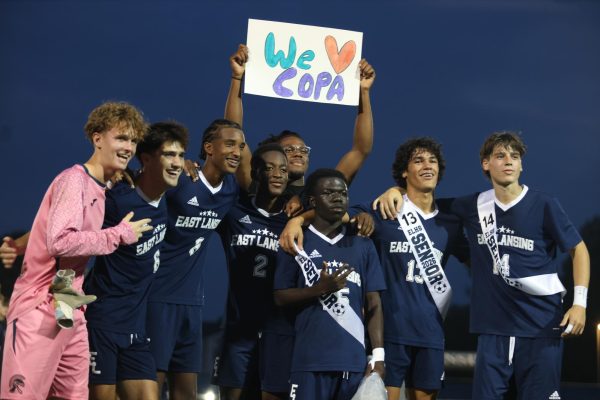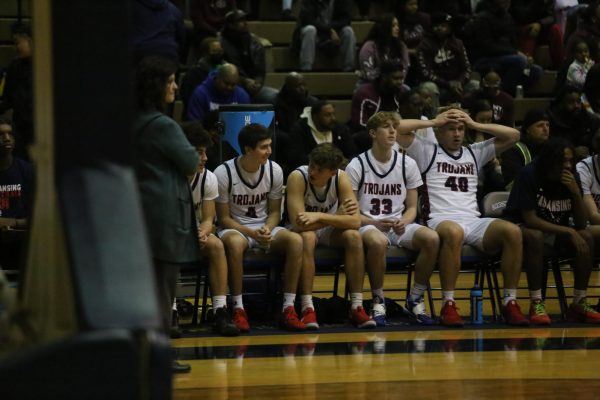Celebrating 50 years of Title IX
What Title IX is
Title IX is an amendment within the Education Amendments of 1972 that prohibits discrimination on the basis of sex and/or gender within any federally funded education programs and activities. Its protection span from sexual assault and harrassment, to athletic programs, to hiring and housing discrimination.
Since 1972, much progress has been made against discrimination. Following the Nassar case in 2016-17, the accessibility of reporting systems for sexual assault became a big focus in East Lansing. Additionally, girls have seen a lot of success in sports and have a woman residing as athletic director at ELHS.
ELPS’s official non-discrimination statement states, “In accordance with federal civil rights law and U.S. Department of Agriculture (USDA) civil rights regulations and policies, this institution is prohibited from discriminating on the basis of race, color, national origin, sex (including gender identity and sexual orientation), disability, age, or reprisal or retaliation for prior civil rights activity.”
Rallying for gender equality
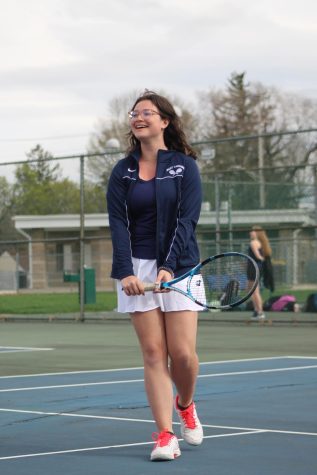
The first day Ellery Scales (10) stepped on the tennis court, she fell in love with the sport. She joined her first co-ed tennis class when she was nine and when she looked around the class, she couldn’t help but notice how few girls there were in comparison to guys. It wasn’t an issue until they started to actually learn to play.
“It was pretty clear that the coach thought that the guys were just better players,” Scales said. “He used them for the demos and examples and he would just play them more.”
Whenever they played, there was always some level of inequality that Scales found troubling. It didn’t stop her, though. She continued on and as soon as she got to high school, she began practicing and playing with the tennis team and got onto varsity her freshman year.
“I love my coach and I love my team,” Scales said. “I always feel like tennis is an accepting sport, I never felt like the players themselves made me feel uncomfortable or like I was smaller.”
She is especially grateful for the fact that her coach is a woman because it helps avoid discrimination and inequality because she recognizes that they’re all girls in similar situations. Scales thinks if she was still participating in a co-ed class, there would be a high likelihood that she would see more of a difference between the treatment of girls and guys in the sport, especially if taught by a male coach.
“It feels like every male teacher I’ve had prioritizes the guy players over the girl players and makes sure they’re progressing fast and that they’re on track,” Scales said.
Despite not still explicitly experiencing inequality, Scales still can see it happening at the school when it comes to advertising especially. Not only does she see less girls and women represented in sports, but she’s noticed that their successes are celebrated less publicly than the guys’ teams.
“It feels like a lot of the time girl’s sports are diminished, we have a lot of great girl athletes,” Scales said. “I mean, [the varsity tennis team] went to States last year, it’s not like we’re not good and it’s not that people don’t want to see us, I think it’s an issue with advertisement.”
Sprinting to catch up

The story is familiar to Carmela Watson (11), who has run on the school’s cross country and track and field teams since middle school. She finds that the girls’ team is much smaller than the guys’ team and it’s mostly up to them to grow the numbers.
“I think that if we want more girls on the team, we’ll go and recruit them ourselves because the coaches aren’t really trying to get girls to run,” Watson said. “And we’ve tried to talk to the athletic director and she doesn’t really do a whole lot for us. But we try to help each other when we need it.”
After the suspension of the girls’ coach last year at the beginning of the track and field season, they were left in the dark when it came to instruction. The boys still had a coach and they received directions that the girls ended up following too.
“We would just have to try to follow what the guys were doing,” Watson said. “It felt like the coaches would just tell the guys what to do and then we would just have to watch and learn.”
When they did get a coach though, Watson was grateful, especially because their new coach is a woman. She says that she feels most comfortable around Coach Hub and feels like she can go to her for anything, whether running related or not. The girls team already had a strong relationship, and luckily, the addition of a new coach didn’t take away from that.
“I would say, I think that the community of girls we have is really nice. We’re just like a family,” Watson said.
Interview with Joanne Gerstner

Joanne Gerstner is a sports journalist, researcher, and award-winning author. In 2021, Gerstner was inducted into the Michigan Journalism Hall of Fame and was appointed Commissioner to Michigan’s Task Force on Women in Sports, for a three-year term in 2019 by Gov. Gretchen Whitmer. She is currently the Brandt Fellow Sports Journalist in Residence at the School of Journalism at Michigan State University.
Q: In your experience, what is the disparity that you have seen between men and women when it comes to sports?
A: The disparity is situational. Girls do not, on average, get the same opportunity as boys to have as many chances to play, receive the same levels of funding/equipment/coaching expertise. Title IX covers public schools, and when a school/community determines that boys sports, like football, are more important, then they will be. Girls participate in sports, and stay in sports, at much lower rates than boys.
Q: Has there been tangible change in equality in athletics over recent years?
A: Things have definitely gotten better over the years. Parents support their daughters being athletes, and the change in societal will has led to changes. Also, a significant change is the moms of today’s high schoolers were likely athletes themselves. AKA, the Title IX rules were in effect for them. So the mental change to seeing girls as athletes is huge. That in turn leads to the demand and need for schools to provide opportunities for participation.
Q: What is there still to fix? What kind of solutions would you see best fit, having been in the field for so long?
A: Everything needs to be fixed. More opportunities, more coaches/funding/facilities, more women coaching and athletic directors. Everything has room to improve. We, as the public, need to monitor our schools and demand reforms for our daughters.

Leo Kendall is a member of the Class of 2025 and the Print Editor of Copy for Portrait. This is their second year on Portrait and their favorite thing...




